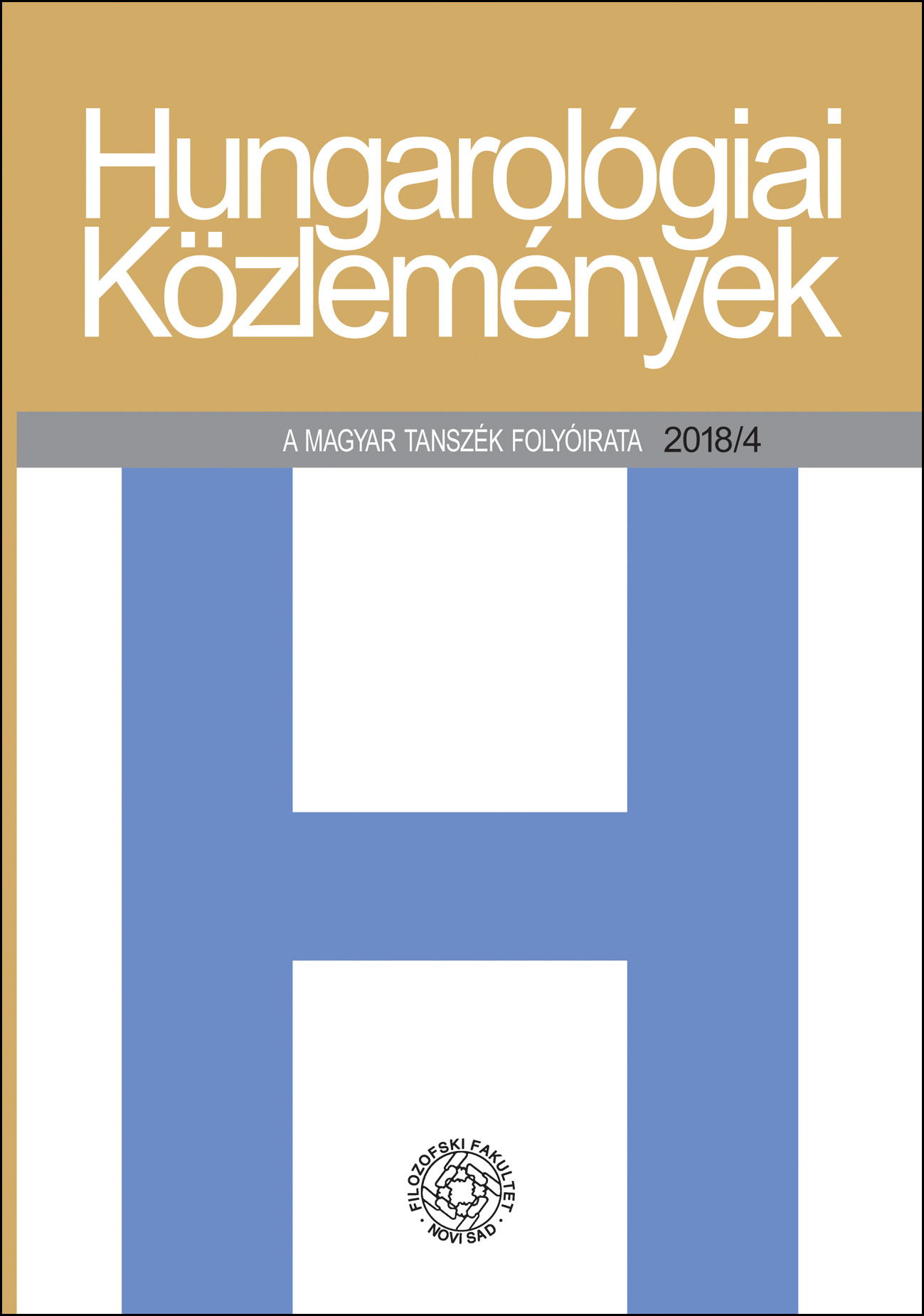A kompozícióba szőtt didaxis: a szereplők narratív-strukturális funkciója az ideológiai nézőpont kialakításában – Karinthy Ferenc: Budapesti tavasz
Didactic Woven into the Composition: the Narrative-structural Function of the Characters in the Fashioning of Ideological Views – Ferenc Karinthy: Budapesti Tavasz (Spring Comes to Budapest)
Author(s): Zoltán Z. VargaSubject(s): Hungarian Literature
Published by: Филозофски факултет, Универзитет у Новом Саду
Keywords: memory; identity; ethnic conflicts; Yugoslavia; Titoism; nostalgia
Summary/Abstract: The novel Spring Comes to Budapest by Ferenc Karinthy was considered to be an emblematic literary depiction of the siege in the 1950s. The literary representation of the end game of the Second World War in Hungary met the historical and social image of the communist cultural policy; nevertheless, in addition to following the guidelines of the socialist realistic representation, scope was left for articulating other, namely, non-communist social perspectives, too. The analysis follows the “evolutionary history” of the bourgeois-intellectual hero in the space of social-ideological positions embodied in the characters. In addition to the structural and ideological functions of the characters, it also presents the role of endowing the nation-stereotypes with moral and political connotation, the metaphorical and topical network of the novel, layers of meaning resulting from the organisation of space and time, and the compositional significance of the accentuated scenes, namely, their ideological meanings.
Journal: Hungarológiai Közlemények
- Issue Year: 19/2018
- Issue No: 4
- Page Range: 15-29
- Page Count: 15
- Language: Hungarian

